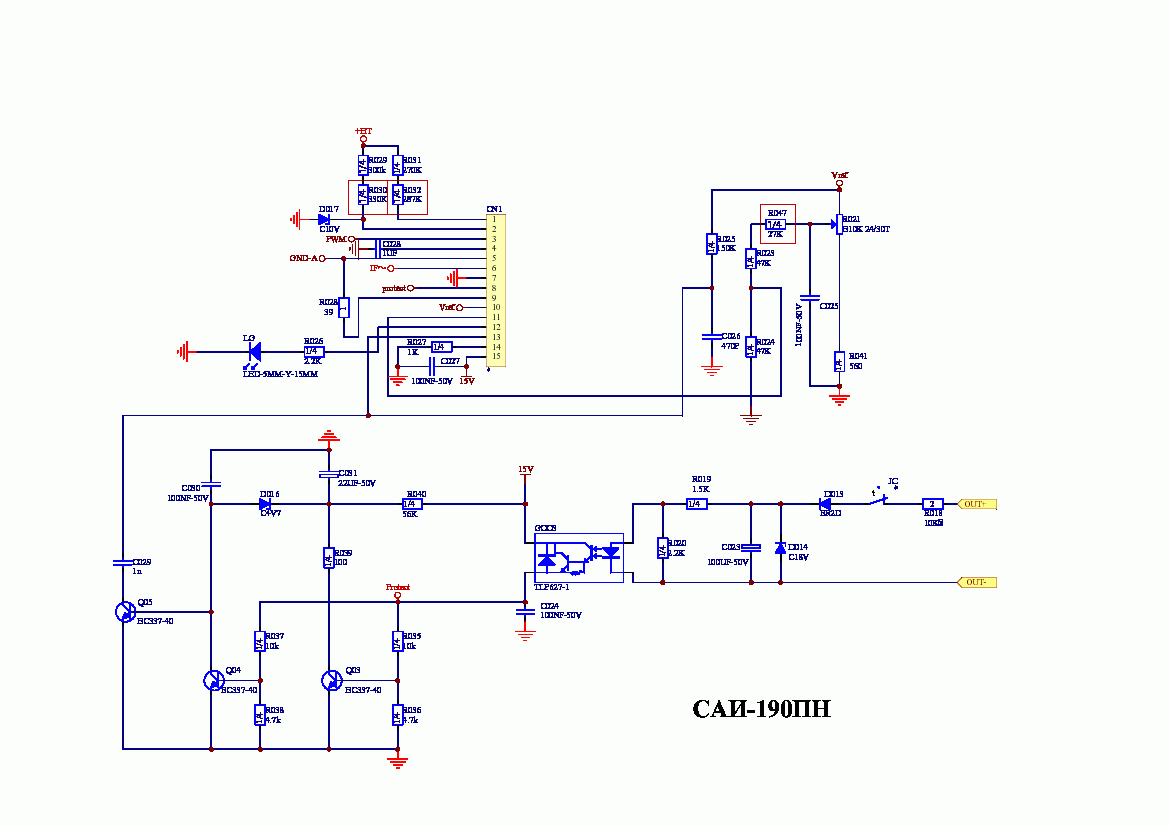
Shema Sai 190 Resanta
May our fallen rest in peace and not have died in vain. Exhibit 2-1: Local Unit Initial Actions for Serious Accident (SAI) Investigations. O Introduction to Fire Behavior (S-190). Witness' use of prior knowledge, expectations or schema. Guru Sathya Sai Baba (1926- ) and very brief a discussion of recent fraud and sexual. Part of the ashram is visible inside the rectangle (the rest is behind the hill at left). Schema perhaps does contribute something to an understanding of Sathya Sai. 4 A “supplement” to the Mahābhārata (see p.190,n.40 below).
There is an updated version about Nutch Solr integration available at The last time I wrote about integrating with (about two years ago), it was quite difficult to integrate the two components – you had to apply patches, hunt down required components from various places etc. Now there is easier way.The soon to be released Nutch 1.0 contains Solr integration “out of the box”. There are many different ways to take advantage of this new feature, but I am just going to go through one of them here.
In this solution, Solr will be used as the only source for serving search results (including snippets). This way you can totally decouple your search application from Nutch and still use Nutch where it is at its best: crawling and extracting the content.
Using Solr as the search backend, on the other hand, allows you to use all of the advanced features of a Solr server – like query spell checking, “more like this” suggestions, data replication and easy query time relevancy tuning, to mention just a few. You might also be interested in: • • – webinar • • Why Nutch instead of a simpler Fetcher? One possible way to implement something similar to what I present here would be to use a simpler crawler framework such as. But using Nutch gives you some pretty nice advantages.
One of these is obviously the fact that Nutch provides a complete set of features you commonly need for a generic web search application. Another benefit of using Nutch is that it is a highly scalable and relatively feature rich crawler (this does not mean that you cannot do the same with some other framework). Nutch offers features like politeness (obeys robots.txt rules), robustness and scalability (Nutch runs on hadoop, so you can run Nutch on a single machine or on a cluster of 100 machines), quality (you can bias the crawling to fetch “important” pages first) and extendability (there are many apis you can plug in your functionality. One of the most important single feature is Nutch provides out of the box is, in my subjective opinion, a Linkdatabase. You might already know that Nutch tracks links between pages so that the relevancy of search results within a collection of interlinked documents goes well beyond the naive case where you index documents without link information and anchor texts. Setup The first step to get started is to download the required software components, namely Apache Solr and Nutch. Download Solr version 1.3.0 or LucidWorks for Solr from 2.
Extract Solr package 3. Download Nutch version 1.0 or later (Alternatively download the that contains the required functionality) 4. Klyuch aktivacii dlya igri masters of the world. Extract the Nutch package tar xzf apache-nutch-1.0.tar.gz 5. Configure Solr For the sake of simplicity we are going to use the example configuration of Solr as a base. Copy the provided Nutch schema from directory apache-nutch-1.0/conf to directory apache-solr-1.3.0/example/solr/conf (override the existing file) We want to allow Solr to create the snippets for search results so we need to store the content in addition to indexing it: b.
Change schema.xml so that the stored attribute of field “content” is true. Programma dlya rascheta raskroya trub rock. We want to be able to tweak the relevancy of queries easily so we’ll create new dismax request handler configuration for our use case: d. Open apache-solr-1.3.0/example/solr/conf/solrconfig.xml and paste following fragment to it dismax explicit 0.01 content^0.5 anchor^1.0 title^1.2 content^0.5 anchor^1.5 title^1.2 site^1.5 url 2 100 *:* title url content 0 title 0 url regex 6. Start Solr cd apache-solr-1.3.0/example java -jar start.jar 7.
Configure Nutch a. Open nutch-site.xml in directory apache-nutch-1.0/conf, replace it’s contents with the following (we specify our crawler name, active plugins and limit maximum url count for single host per run to be 100): http.agent.name nutch-solr-integration generate.max.per.host 100 plugin.includes protocol-http urlfilter-regex parse-html index-(basic anchor) query-(basic site url) response-(json xml) summary-basic scoring-opic urlnormalizer-(pass regex basic) b. Open regex-urlfilter.txt in directory apache-nutch-1.0/conf, replace it’s content with following: -^(https telnet file ftp mailto): # skip some suffixes.(swf SWF doc DOC mp3 MP3 WMV wmv txt TXT rtf RTF avi AVI m3u M3U flv FLV WAV wav mp4 MP4 avi AVI rss RSS xml XML pdf PDF js JS gif GIF jpg JPG png PNG ico ICO css sit eps wmf zip ppt mpg xls gz rpm tgz mov MOV exe jpeg JPEG bmp BMP)$ # skip URLs containing certain characters as probable queries, etc. -[?*!@=] # allow urls in foofactory.fi domain +^# deny anything else.